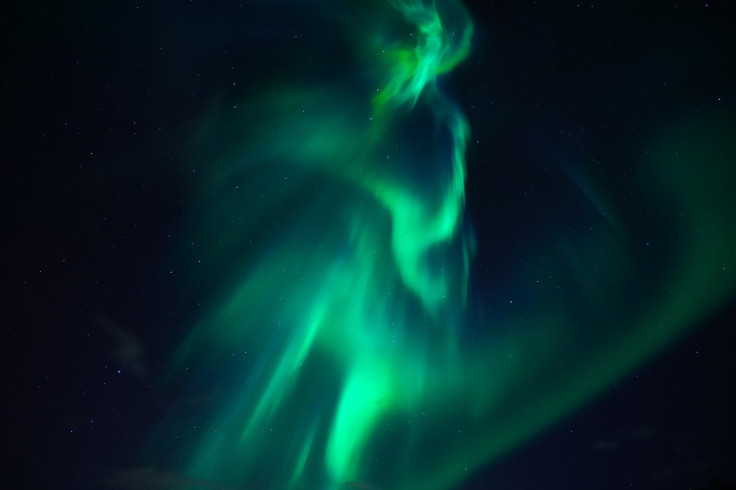Why The Sky Turned 'Apocalyptic' Red In Bulgaria
The stunning scene created a storm on social media, with people taking to various platforms to share images.

In what is being described as an almost apocalyptic event, the skies turned red across Bulgaria, Romania, Hungary, the Czech Republic, and Ukraine on Sunday evening.
This is the first time the aurora borealis, commonly known as the northern lights, has been seen in Bulgaria.
The stunning scene created a storm on social media, with people taking to various platforms, including Instagram, Facebook, and X, to post videos and images of the phenomenon.
The event began in the northeastern part of the country and eventually spread to all parts. Many social media users described it as "spooky" and "ominous".
"The aurora borealis red sky in Russia and Ukraine tonight can only be a portent the coming tribulations. Hang on folks," commented a user.
Also in Romania. I've never heard of northern lights here. pic.twitter.com/kQoeo5ppcM
— robin (@robinsimion) November 5, 2023
"Ok Twitter peeps - it's 2am and the southern sky is red... who can explain it to this lovely pink sky to me?? Looking south - delta bc Canada 6 Nov 2023 - I've seen the videos of the red northern lights - but this is to the south - nothing unusual to the north (second video)!" posted another.
The aurora borealis red sky in Russia and Ukraine tonight can only be a portent the coming tribulations.
— Mats Nilsson (@mazzenilsson) November 5, 2023
Hang on folks. pic.twitter.com/eAF3hdR0Ld
According to media reports, they were also seen in Poland and Slovakia. Red and green auroras were also witnessed in the United Kingdom on Saturday night.
Kharkiv astronomer Volodymyr Kazhanov explained that the #redsky is observed in different regions of Ukraine due to a geomagnetic storm.
— ThreeHappyDachshunds (@TwoHappyDachs) November 5, 2023
"On the night of November 5-6, Ukraine, like many countries in the Northern Hemisphere, has seen a bright northern lights. pic.twitter.com/Ze0EilHNBg
Aurora, also called polar lights or northern lights, is one of the most enchanting natural phenomena humans have experienced. People travel to faraway lands to witness the bright dancing lights in the night skies.
The Aurora phenomenon occurs on Earth when electronically charged particles from solar winds reach the Earth, collide with atoms in the Earth's upper atmosphere, and are sucked in by the earth's magnetic field, forming an oval-like ring over the poles.
Solar winds are triggered by coronal mass ejections (CME) on the sun, which send gigantic clouds of electrons, ions, and atoms into space, taking about two or three days to reach Earth.
Different colours are produced depending on the type of gas particles colliding, but the most common, green, is the result of oxygen molecules located around 60 miles above our planet.
The frequency of occurrence of CMEs varies, from several per day when the sun is particularly "active" to less than one every week when the sun is "quiet", following the 11-year cycle (the solar cycle). Large flares are less frequent than smaller ones.
In the period when the sun is active, five or more CMEs are common, and as the sun becomes "quiet".
The dancing lights of the aurora borealis are most commonly spotted over the Arctic Circle in areas such as Scandinavia, Canada and Alaska. However, they have also been spotted in UK skies in the past. On Saturday, the beautiful lights lit up much of the UK and Ireland.
"Northern Lights over Stonehenge last night," read a tweet by the official X account for the Wiltshire historical attraction.
© Copyright IBTimes 2025. All rights reserved.






















